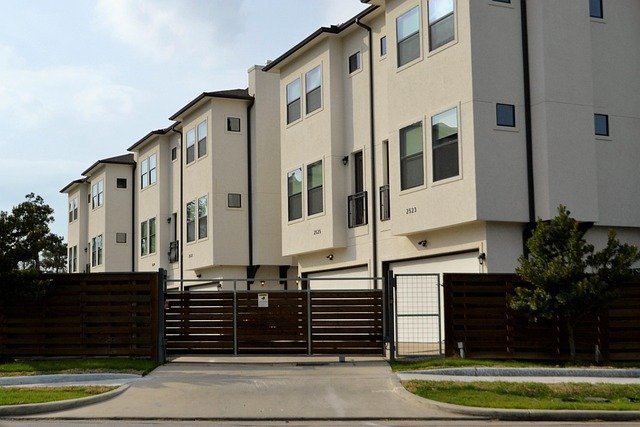What Americans Should Know About Studying Nursing in the Philippines
For American students facing rising education costs and competitive nursing program admissions, studying nursing in the Philippines has emerged as an attractive alternative. The Philippines produces some of the world's most skilled nurses, with many Filipino healthcare professionals working successfully in U.S. hospitals and medical facilities. Understanding the educational pathway, requirements, and considerations involved in pursuing nursing education abroad can help prospective students make informed decisions about this increasingly popular option.

How Nurse Training Programs in the Philippines Compare to U.S. Programs
Philippine nursing programs follow a comprehensive four-year Bachelor of Science in Nursing (BSN) curriculum that shares similarities with American nursing education. Both systems emphasize theoretical knowledge, clinical practice, and hands-on hospital experience. However, Philippine programs often provide more extensive clinical rotations and direct patient care opportunities due to higher patient-to-student ratios in teaching hospitals.
The academic structure differs slightly, with Philippine programs typically requiring more credit hours in foundational sciences and offering integrated clinical experiences throughout all four years. American programs may have more flexibility in electives and specialized tracks, while Philippine programs maintain a more standardized national curriculum overseen by the Commission on Higher Education (CHED).
Key Requirements, Timelines, and Certifications for Overseas Nurse Education
American students pursuing nursing education in the Philippines must meet specific admission requirements, including completion of prerequisite courses in chemistry, biology, and mathematics. Most Philippine nursing schools require SAT or equivalent standardized test scores, along with English proficiency demonstration through TOEFL or IELTS exams.
The timeline typically spans four academic years, with some programs offering accelerated tracks for students with prior healthcare experience. Upon graduation, students receive a BSN degree and become eligible to take the Philippine Nursing Licensure Examination. To practice in the United States, graduates must pass the NCLEX-RN examination and meet individual state licensing requirements, which may include additional documentation and credential evaluation through services like the Commission on Graduates of Foreign Nursing Schools (CGFNS).
What to Consider Before Enrolling in a Nursing Program Abroad
Several crucial factors warrant careful consideration before committing to overseas nursing education. Cultural adaptation represents a significant aspect, as American students must adjust to different teaching methods, clinical environments, and social customs. Language barriers may exist despite English being widely spoken, particularly in clinical settings where local dialects are common.
Accreditation status is paramount when selecting a Philippine nursing school. Prospective students should verify that their chosen institution holds proper accreditation from CHED and meets international standards recognized by U.S. nursing boards. Additionally, students must consider visa requirements, housing arrangements, and healthcare insurance coverage while studying abroad.
Financial Considerations and Cost Comparisons
Studying nursing in the Philippines can offer substantial cost savings compared to American nursing programs. The financial advantages extend beyond tuition to include lower living expenses, housing costs, and general daily expenses.
| Expense Category | Philippines (Annual) | United States (Annual) | Potential Savings |
|---|---|---|---|
| Tuition Fees | $2,000 - $4,000 | $15,000 - $35,000 | $13,000 - $31,000 |
| Living Expenses | $3,000 - $5,000 | $12,000 - $20,000 | $9,000 - $15,000 |
| Housing Costs | $1,200 - $2,400 | $8,000 - $15,000 | $6,800 - $12,600 |
| Total Annual Cost | $6,200 - $11,400 | $35,000 - $70,000 | $28,800 - $58,600 |
Prices, rates, or cost estimates mentioned in this article are based on the latest available information but may change over time. Independent research is advised before making financial decisions.
Preparing for Return and Career Integration
Successfully transitioning from Philippine nursing education to American healthcare practice requires strategic planning. Graduates should begin the NCLEX-RN preparation process early, utilizing review courses and practice examinations to ensure success. Understanding state-specific licensing requirements is essential, as some states have additional prerequisites for foreign-educated nurses.
Building professional networks during study abroad can prove valuable for future career opportunities. Many Philippine nursing programs maintain alumni networks in the United States, and connecting with Filipino-American nurses can provide mentorship and career guidance. Additionally, gaining experience in Philippine healthcare settings can strengthen resumes and demonstrate adaptability to diverse clinical environments.
The credential evaluation process through CGFNS or similar organizations should begin well before graduation to avoid delays in licensure applications. Students should maintain detailed academic records and obtain official transcripts and certifications from their Philippine institutions.
Studying nursing in the Philippines offers American students an opportunity to receive quality healthcare education while experiencing significant cost savings and cultural enrichment. However, success requires careful planning, thorough research, and realistic expectations about the challenges and benefits of international nursing education. Prospective students who approach this opportunity with proper preparation and commitment often find it to be a rewarding pathway to a nursing career that combines global perspective with professional competence.
This article is for informational purposes only and should not be considered medical advice. Please consult a qualified healthcare professional for personalized guidance and treatment.




